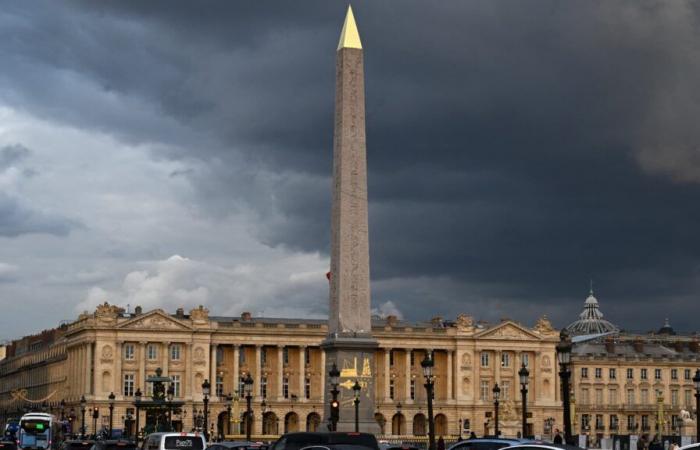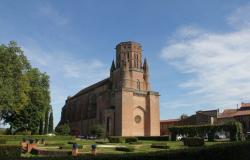
Four districts of the Parisian hypercenter will be affected from this Monday, November 4 by the Limited Traffic Zone. The objective is, in the long term, to considerably reduce automobile traffic in this sector.
Crossing Paris from north to south and east to west will no longer be so easy. The Limited Traffic Zone (ZTL) takes effect in the center of the capital from this Monday, November 4 to prohibit drivers in transit from crossing the demarcated sector.
The order allowing the establishment of this ZTL was signed by the Paris police prefect, Laurent Nunez, on October 31. The city of Paris hopes to reduce traffic on several particularly busy boulevards in the city center, to the great dismay of traders, local residents and the opposition who fear the consequences of this measure.
· Four districts concerned
Concretely, this ZTL will prevent “in transit” vehicles which do not intend to stop within the perimeter from crossing the sector. The 1st, 2nd, 3rd and 4th arrondissements of the capital are affected by this ZTL. Sébastopol Boulevard and its 350,000 daily vehicles are particularly part of the sector.
In detail, the area will be delimited on the west side by Place de la Concorde, Rue Royale and Place de la Madeleine. To the north, Boulevard de la Madeleine, Boulevard des Capucines, Boulevard desItaliens, Boulevard Montmartre, Boulevard Poissonnière, Boulevard de Bonne Nouvelle, Boulevard Saint-Denis and Boulevard Saint-Martin mark the outline of the perimeter.
To the east, Place de la République, Boulevard du Temple, Boulevard des Filles du Calvaire, Boulevard Beaumarchais, Place de la Bastille and Boulevard Bourdon, which set the limits of the area. To the south, the quays between Quai Henri IV and Quai des Tuileries close the perimeter.
Despite the wishes of the town hall, the docks are therefore excluded from the restriction zone. All streets, squares and boulevards serving as boundaries of the limited traffic zone are excluded from all restrictions.
· Some exceptions and a prevention period
Vehicles of healthcare professionals, taxis and VTCs, vehicles for people with reduced mobility will however be an exception and will be able to circulate within the perimeter.
A prevention period of at least three months will also be applied to allow motorists to familiarize themselves with the measure.
At the end of this period, controls should be intensified and an online certification system should be put in place. Ultimately, drivers will be required to provide proof of the reason for their use in the area.
· Traders and the opposition worried
If Parisians do not seem surprised by the measure, they nevertheless question the timetable for its application. The announcement of the ZTL at the end of last week was quickly followed by its effective application, which means that many deplore a lack of communication around this system.
“I find that there is a lack of communication for the good life of Parisians,” denounces Mohammed, a taxi driver, to BFM Paris Île-de-France. Another resident believes that “the methodologies need to be reviewed a bit”.
For its part, the opposition, and in particular the Changer Paris group, criticizes this measure by the municipality. The group predicts “extremely worrying predictable consequences on trade”, in a central Paris sector already “fragile and devastated”.
The group also estimates that this measure will create traffic delays which “could reach up to 40% on certain axes, while the Environmental Authority specifies that the concentrations of nitrogen dioxide (NO2) would be 'in the same order of greatness, whether the project is carried out or not,'” the elected officials indicated in a press release.





